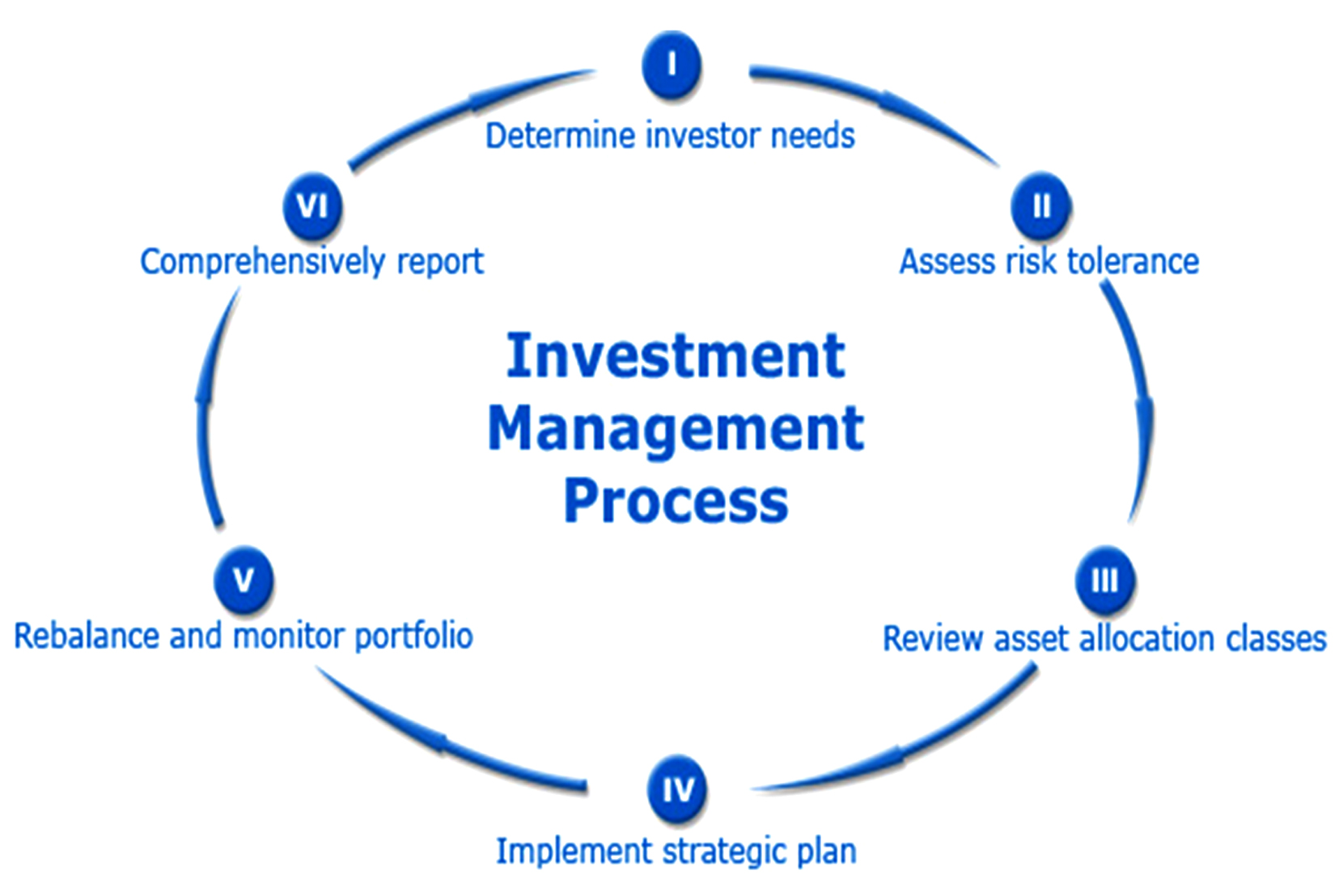our services
what we offer
Why do so many people never obtain the financial independence that they desire? Often it's because they just don't take that first step--getting started. Besides procrastination, other excuses people make are that investing is too risky, too complicated, too time consuming, and only for the rich. The fact is, there's nothing complicated about common investing techniques, and it usually doesn't take much time to understand the basics. The biggest risk you face is not educating yourself about which investments may be able to help you achieve your financial goals and how to approach the investing process.
-
Saving versus investing
Both saving and investing have a place in your finances. However, don't confuse the two. With savings, your principal typically remains constant and earns interest or dividends. Savings are kept in certificates of deposit (CDs), checking accounts, and savings accounts. By comparison, investments can go up or down in value and may or may not pay interest or dividends. Examples of investments include stocks, bonds, mutual funds, collectibles, precious metals, and real estate.
-
Why invest?
You invest for the future, and the future is expensive. For example, college expenses are increasing more rapidly than the rate of overall inflation. And because people are living longer, retirement costs are often higher than many people expect. Though all investing involves the possibility of loss, including the loss of principal, and there can be no guarantee that any investment strategy will be successful, investing is one way to try to prepare for that future.Our overall investment planning steps undergo all those stages, which make your investment planning successful. Identification of financial needs, analyzing about your investment choices and the final implementation on various investment choices are the fixed investment planning processes through which we solve the worries of on-lookers.



